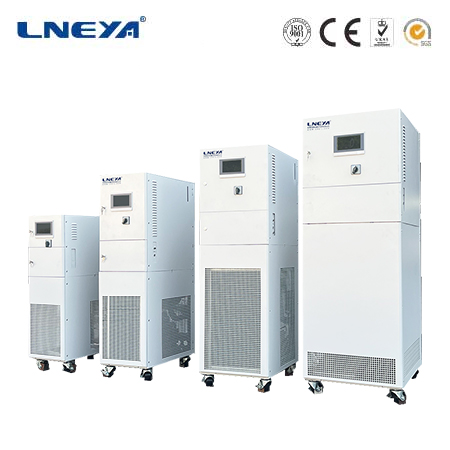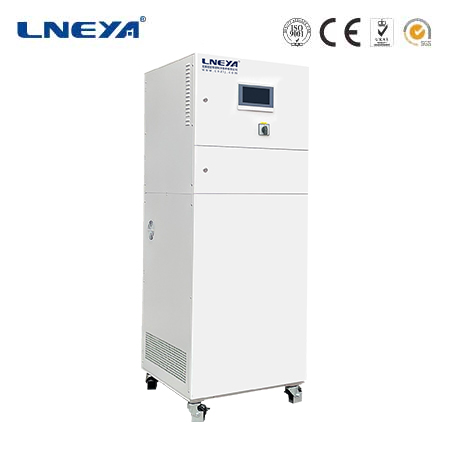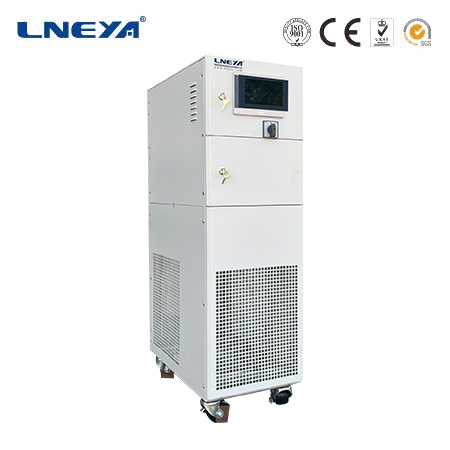cool & heat
Cool & Heat: Balancing Temperature for Comfort and Efficiency
Temperature management is a fundamental aspect of creating comfortable and productive environments. Whether it’s sweltering summer heat or biting winter cold, the ability to control indoor climate is essential. This article explores the various systems and technologies that enable us to maintain the perfect balance of cool and heat.

Types of Cooling and Heating Systems
The primary systems used for temperature control fall into two categories: cooling and heating. Each serves a different purpose but works towards the same goal of creating a comfortable environment.
Cooling Systems:
Air Conditioning (AC): AC units are designed to cool and dehumidify the air. They work by removing heat from the indoor air, transferring it to the outdoor, and blowing cooled air back into the space.
Evaporative Coolers: These are suitable for dry climates and use the principle of evaporation to cool the air. They are more energy-efficient than traditional AC units but require a significant amount of outside air to function.
Heat Pumps: While primarily heating systems, heat pumps can also provide cooling. They transfer heat from the outside to the inside during winter and reverse the process during summer.

Heating Systems:
Furnaces: These systems use fuel like natural gas or oil to heat air, which is then distributed throughout the building via a duct system.
Boilers: Similar to furnaces, boilers heat a fluid (usually water or steam) that is circulated through radiators or underfloor systems to provide warmth.
Heat Pumps: As mentioned, heat pumps can also provide heating by drawing heat from the outside air, ground, or water sources and transferring it indoors.
Energy Efficiency and Renewable Energy
Energy efficiency is a critical factor in the operation of cool and heat systems. High-efficiency systems can significantly reduce energy consumption and costs. The Seasonal Energy Efficiency Ratio (SEER) for cooling and the Heating Seasonal Performance Factor (HSPF) for heating are metrics used to measure this efficiency.
Renewable energy sources are increasingly being integrated into these systems. Solar panels can supplement or power AC units and heat pumps, reducing reliance on non-renewable energy sources and lowering environmental impact. Additionally, geothermal heat pumps harness the earth’s stable temperature to provide efficient heating and cooling.

Maintenance for Optimal Performance
Regular maintenance is essential for ensuring the efficiency and longevity of temperature control systems. For cooling systems, this includes cleaning or replacing filters, checking refrigerant levels, and inspecting the condenser coils. Heating systems require similar care, with checks on fuel lines, heat exchangers, and ductwork.
Proper maintenance not only keeps systems running smoothly but also identifies potential issues before they become costly repairs or system failures. It also helps to maintain indoor air quality by preventing the buildup of dust and other contaminants.
Conclusion
The balance of cool and heat is essential for our comfort and well-being. With advancements in technology and a growing focus on sustainability, we have more options than ever for managing indoor temperatures efficiently and eco-friendly. Whether it’s through high-efficiency heat pumps, solar-powered AC units, or well-maintained traditional systems, understanding the principles and options available allows us to create the perfect climate for any situation.
Related recommendations
chiller flow
288Principles of Chiller FlowThe operation of a chiller is based on the refrigeration cycle, which involves four main processes: evaporation, compression, condensation, and expansion. Evapor...
View detailsair cooled screw compressor
404Air-Cooled Screw Compressor: Efficient and Reliable Compressed Air Solutions Air-cooled screw compressors are widely used in industries for their ability to deliver a continuous supply of compr...
View detailsheating equipment in laboratory
504Understanding Heating Equipment in Laboratories Introduction to Heating Equipment in Laboratories Heating equipment plays a vital role in laboratory settings, where precise temperature contr...
View detailstemperature cooling system
461Introduction to Temperature Cooling Systems Temperature cooling systems are essential in controlling temperatures to ensure the efficiency, safety, and quality of various processes and environm...
View details
 LNEYA Thermal Test Chillers
LNEYA Thermal Test Chillers





HelloPlease log in